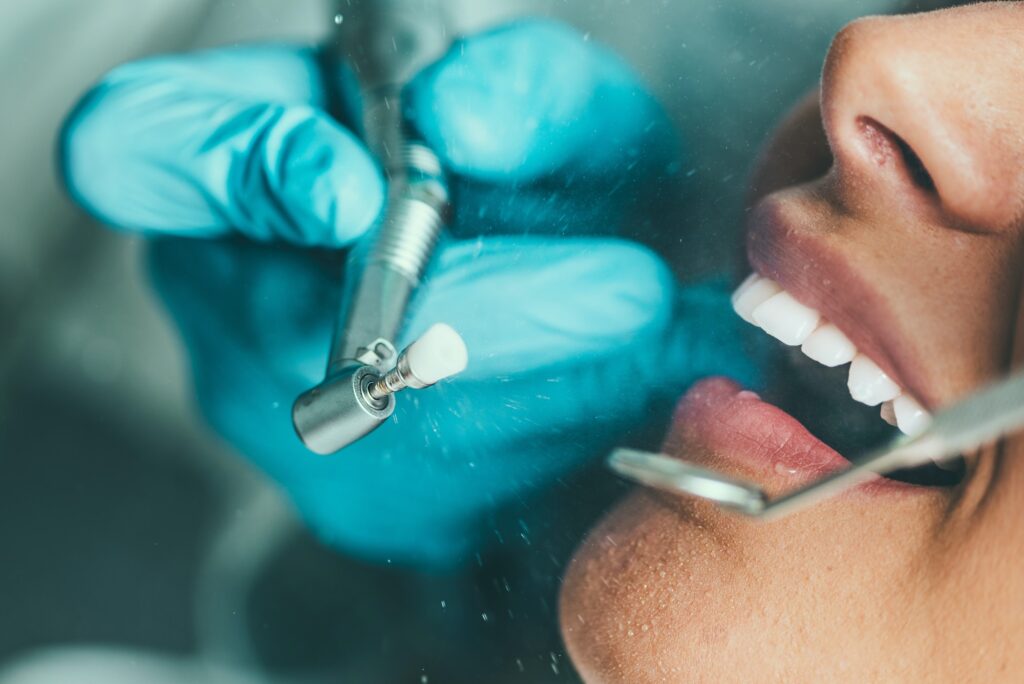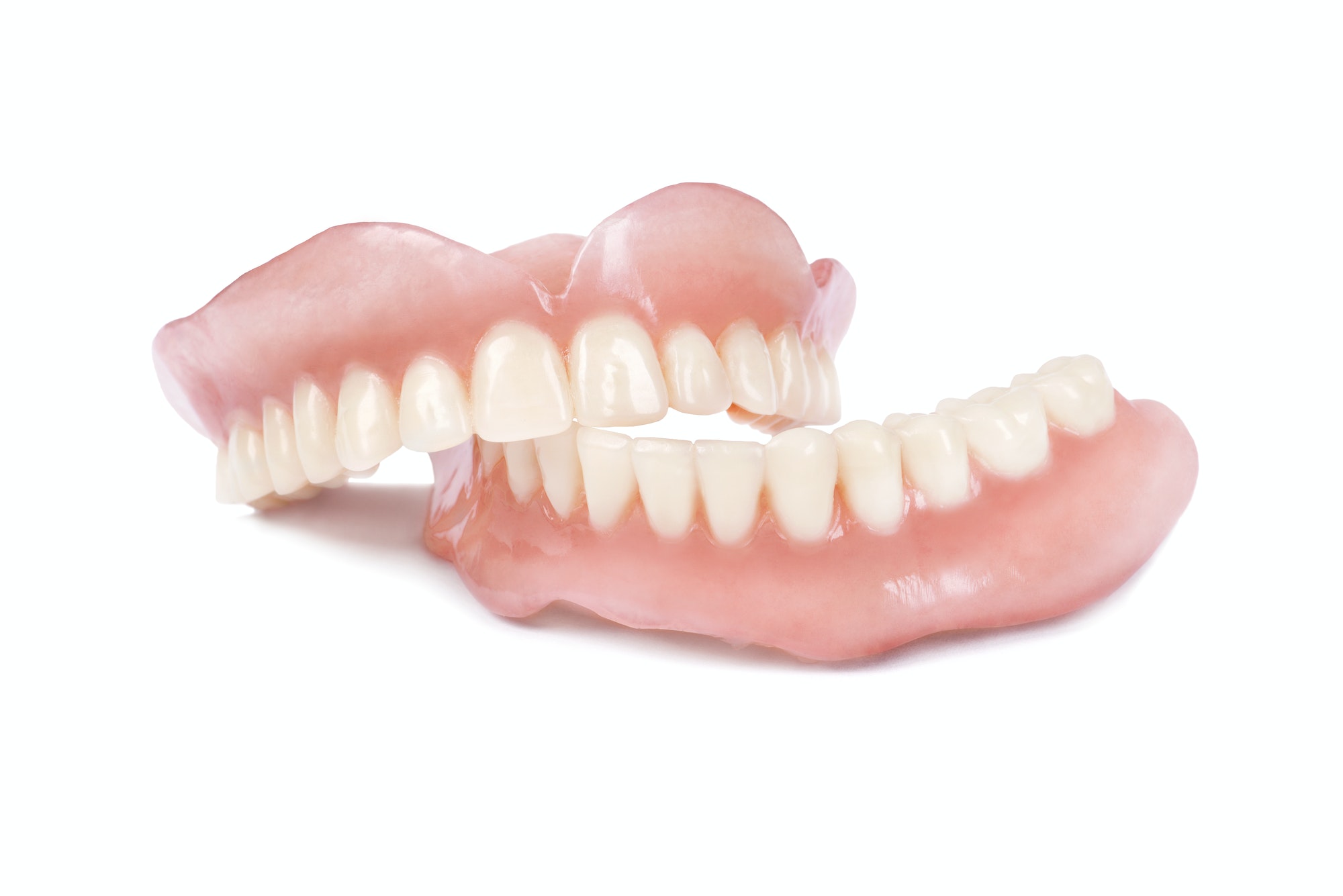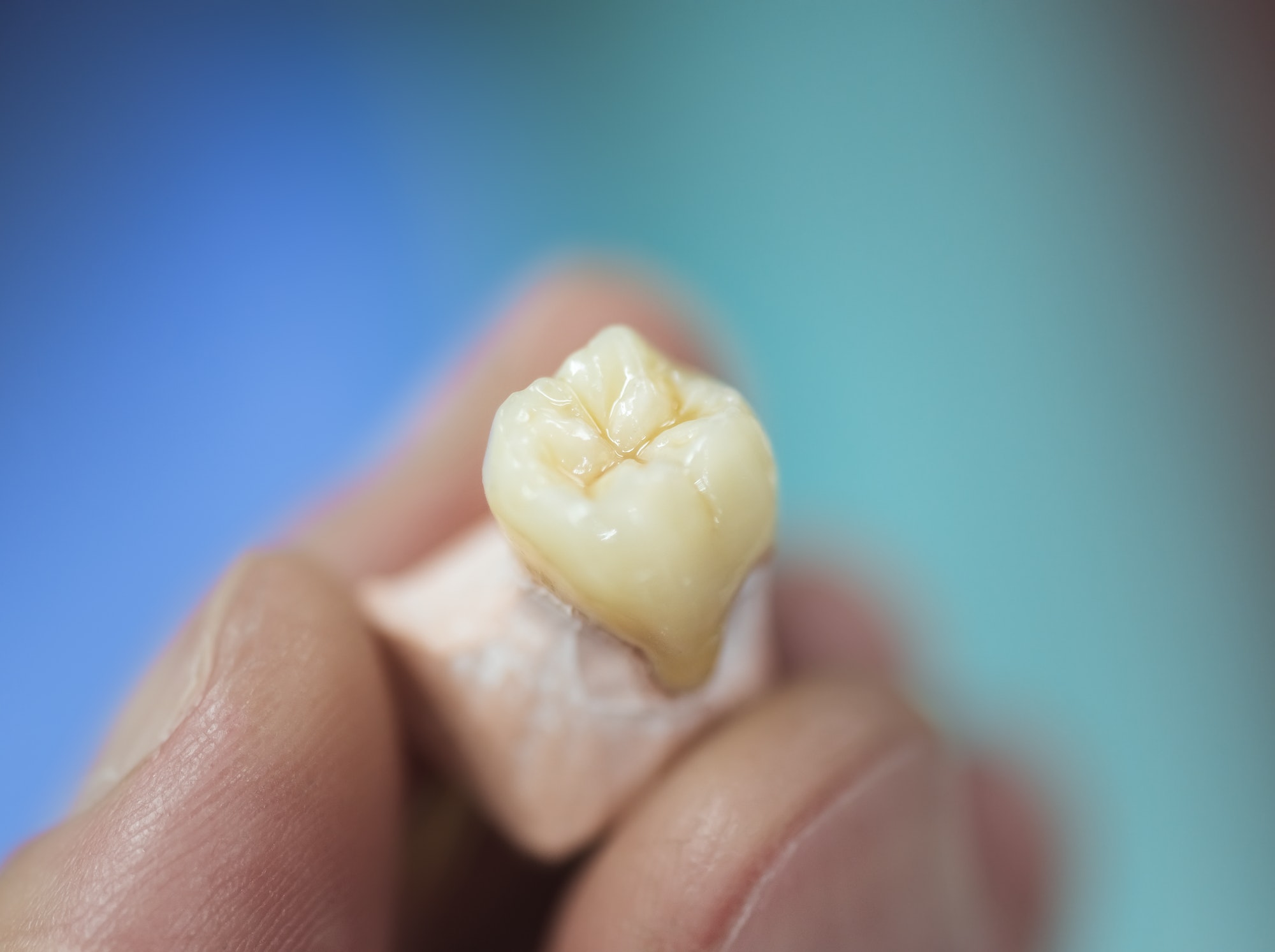
If caries has already entered and caused damage to the tooth and left untreated for a long time, then a filling may not be enough. The next step in repairing the damage and restoring your tooth to its natural state is an insert or overlay. Inserts and inserts are something in between a small filling and the need to completely cover the tooth with a case and thus stop the wear before it becomes something more serious.
The art of preserving your natural teeth
The longer you can maintain your natural teeth, the better it is for your overall oral health. Inserts and implants are a method of preserving teeth that have been damaged. While dentures are an option for damaged teeth, they often require your dentist to remove some of your existing tooth so that the case fits snugly on top and stays in alignment with your existing teeth. Inserts and veneers fit your teeth in a way that retains most of your existing tooth structure.
What material are inserts and inlays made of?
Like fillings, inserts and veneers are usually made of porcelain or composite resin to blend naturally with the rest of your teeth and provide durability and lasting strength to your otherwise damaged tooth. It is possible to get gold and amalgam inserts and inlays, however the composite resin and porcelain options are mainly the options because they are aesthetically superior.
How many appointments is needed?
The treatment will usually require two appointments, as the insert or overlay to replace your tooth must be made in a dental laboratory. At your first visit, your dentist will prepare the tooth after local anesthesia and take a fingerprint. The workshop will then construct the final work or carefully place it during your second appointment.



